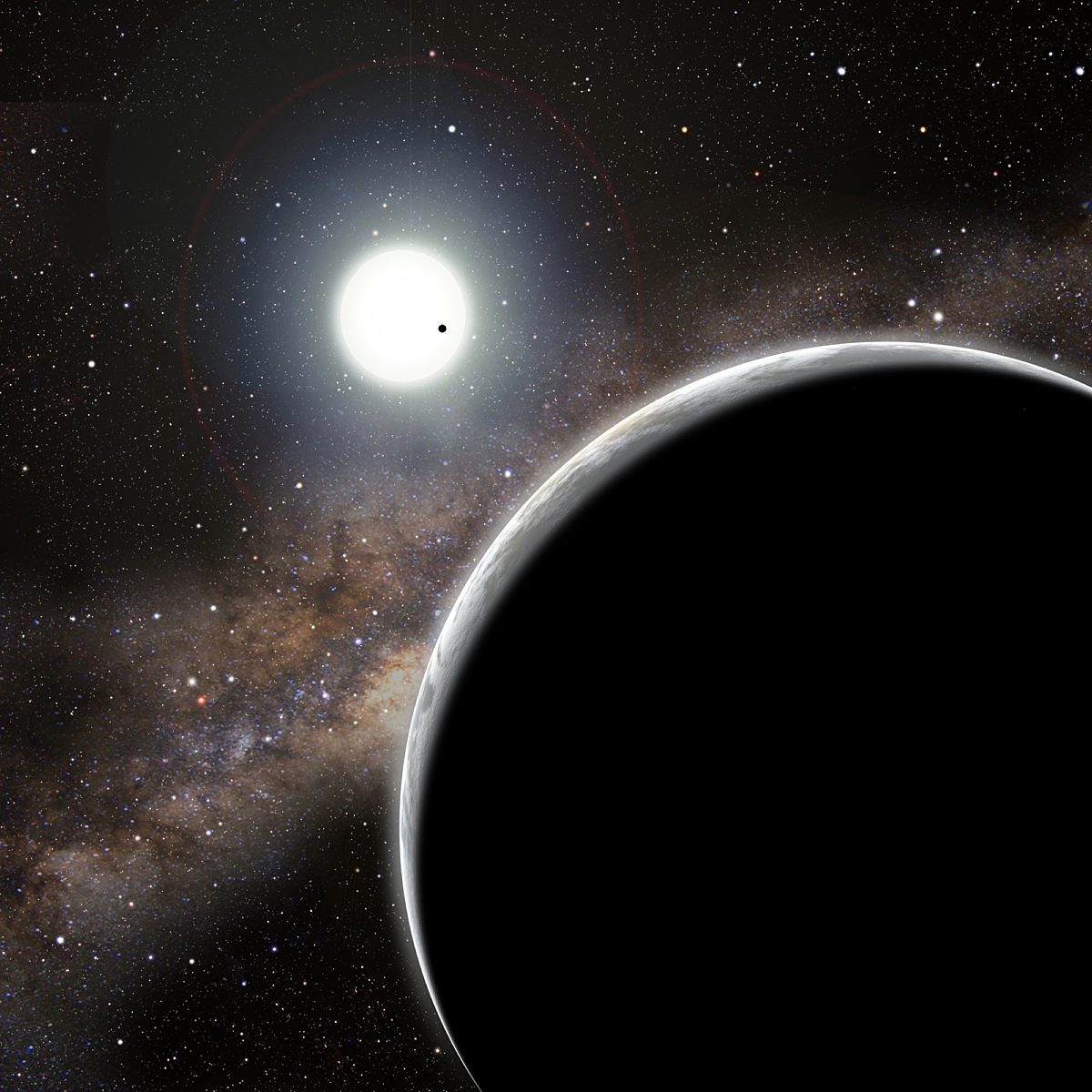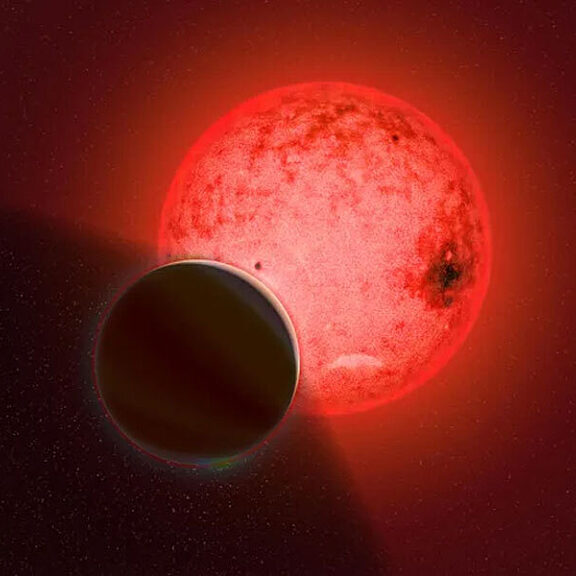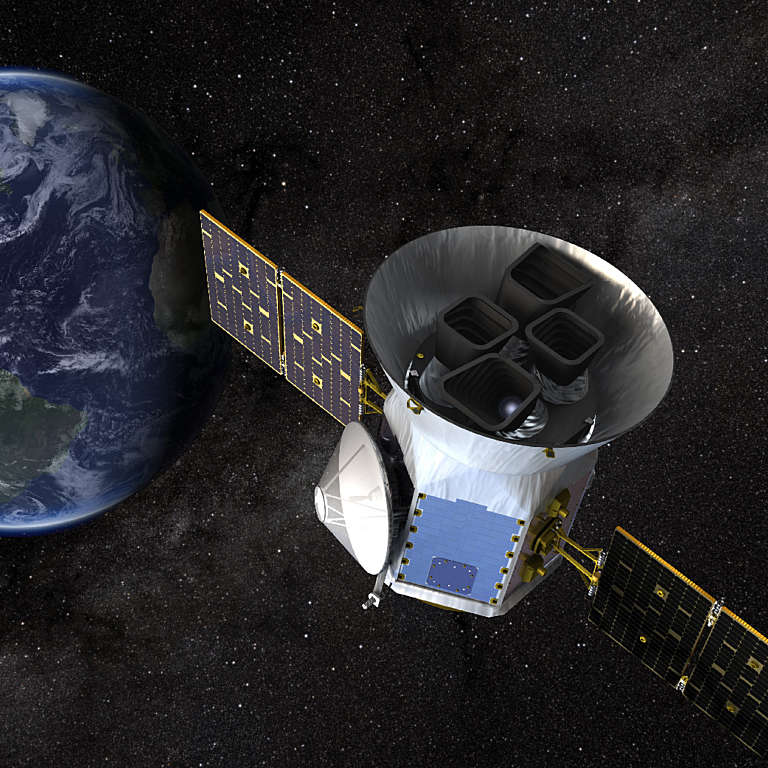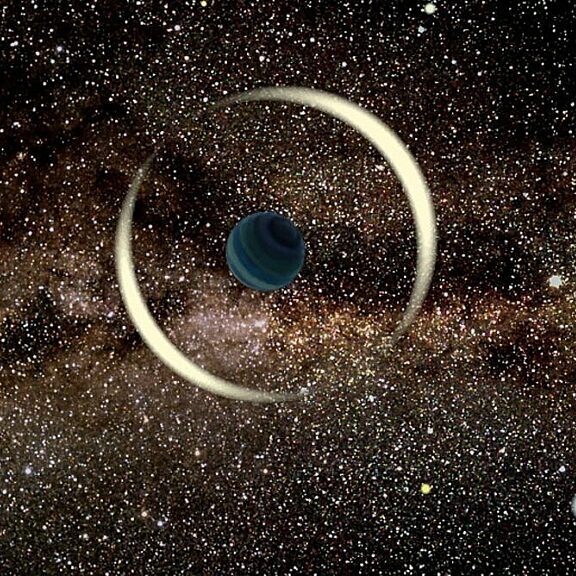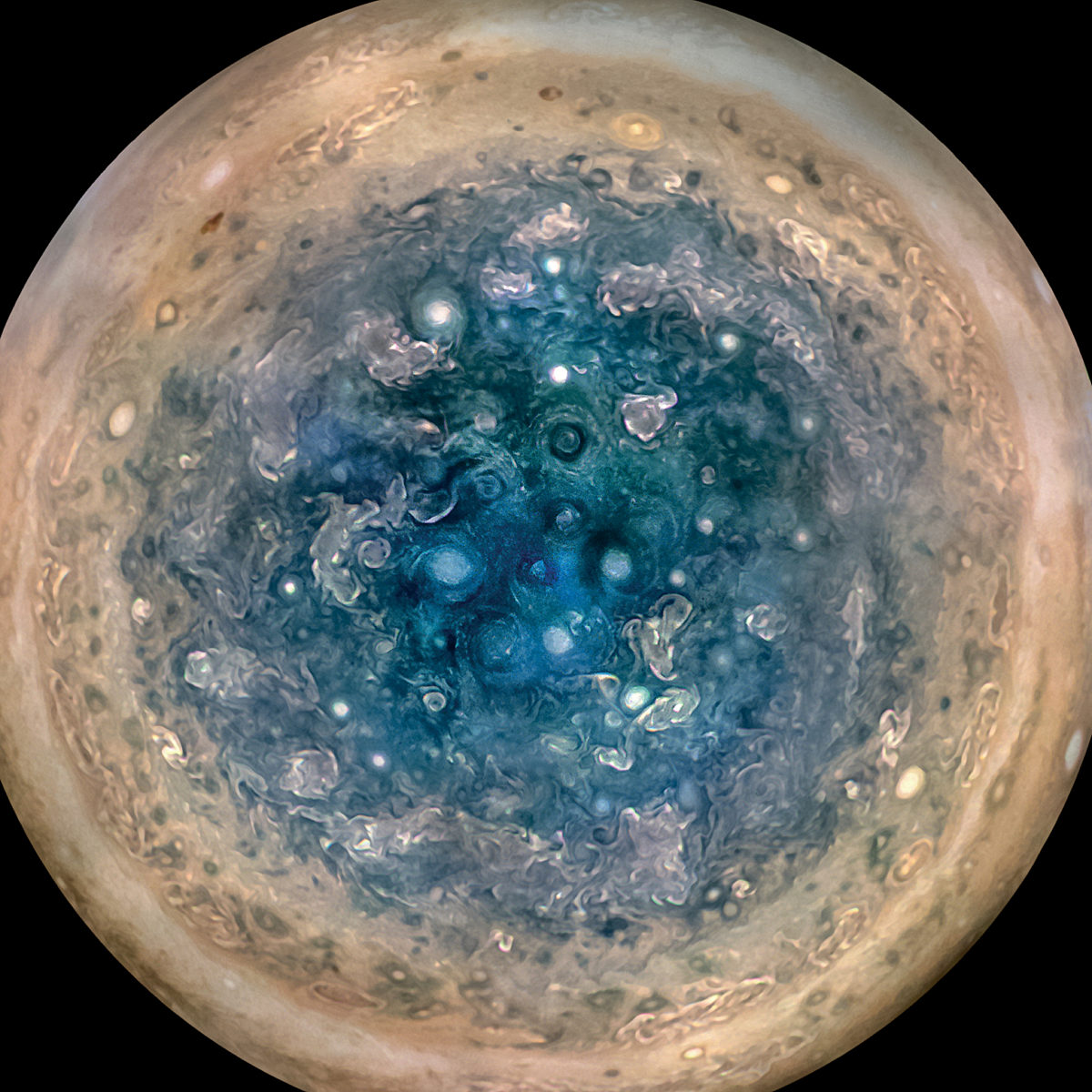Since 2002, Planetary Radio has visited with a scientist, engineer, project manager, advocate, or writer who provides a unique perspective on the quest for knowledge about our Solar System and beyond. The full show archive is available for free.
Search Planetary Radio
We dive into the stunning variety of exoplanets beyond our Solar System with Jessie Christiansen, the project scientist for the NASA Exoplanet Archive.
We explore NASA's first tabletop role-playing game with senior multimedia specialist Christina Mitchell and a new way to find water worlds with Amaury Triaud from the University of Birmingham.
Knicole Colón, the deputy project scientist for exoplanet science for JWST, joins Planetary Radio to discuss the detection of methane and carbon dioxide in the atmosphere of K2-18 b.
Lujendra Ojha, assistant professor at Rutgers University, joins Planetary Radio to discuss how subsurface liquid water on exoplanets orbiting red dwarf stars could increase the likelihood of finding habitable worlds beyond our Solar System.
Shubham Kanodia, the lead on a paper about a so-called forbidden planet, TOI 5202 b, joins us to talk about this strange world and why it's upending our understanding of planetary formation.
We celebrate the James Webb Space Telescope's first confirmed exoplanet discovery this week on Planetary Radio. Jacob Lustig-Yaeger, one of the leads on the team that made the detection, joins us to discuss the details.
MIT’s Michelle Kunimoto heads the TESS Faint Star Search that has revealed over 1,600 of the more than 5,000 TESS-discovered exoplanet candidates in our galaxy.
Johanna Vos watches the weather on brown dwarf worlds while her colleague, Sam Grunblatt, finds giant planets spiraling toward their doom.
NASA’s Jim Green and Mary Voytek want the science community to develop tools that will help us evaluate potential evidence of life beyond Earth.
New research indicates that what appeared to be liquid water hiding under Mars’ polar ice may actually be a form of clay.
Astrophysicist Grant Tremblay describes how four proposed space telescopes could reveal our solar system and the universe as never before.
Exoplanet hunter and artist Natalia Guerrero of MIT reveals the discovery of many more possible new worlds by NASA’s Transiting Exoplanet Survey Satellite.
A distant, lonely planet has been discovered as it wanders the galaxy, while Bill Nye helps us celebrate selection of a radically-simple sample collection system for trips to the Moon and Mars’ moon Phobos.
New research reveals why Earth is on its own in this solar system’s habitable zone where liquid surface water flows, but the same isn’t true across the galaxy.
The search for worlds like our own is underway, but the challenges are enormous according to astronomers Debra Fischer and Joe Llama.
Another near Earth-sized planet has been found in the habitable zone around a distant star, discovered by a powerful space telescope named TESS.
The Kepler mission has ended. Listen to highlights of the October 30th media briefing that included the father of the fantastically successful planet finder, William Borucki. Then catch the thoughts of Planetary Society editors and commentators Jason Davis and Emily Lakdawalla.
Happy Astronomy Day, October 13, 2018! We salute humankind’s long history of stargazing by checking in on what will be our planet’s largest telescope. Patrick McCarthy is an astronomer and a leader of the Giant Magellan Telescope project. He returns with a report on the instrument’s status, followed by a fascinating tour of the GMT facility.
There’s so much more to Freeman Dyson than the Dyson Sphere. The mathematician, physicist, futurist and author is one of the greatest and most original minds of our era.
We have begun to understand the composition of worlds that are hundreds of trillions of kilometers from Earth. Astronomer Nikole Lewis is co-leader of a team that has used the Hubble Space Telescope to do this with the four Earth-like planets circling a star called TRAPPIST-1.


 Explore Worlds
Explore Worlds Find Life
Find Life Defend Earth
Defend Earth


